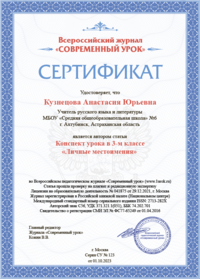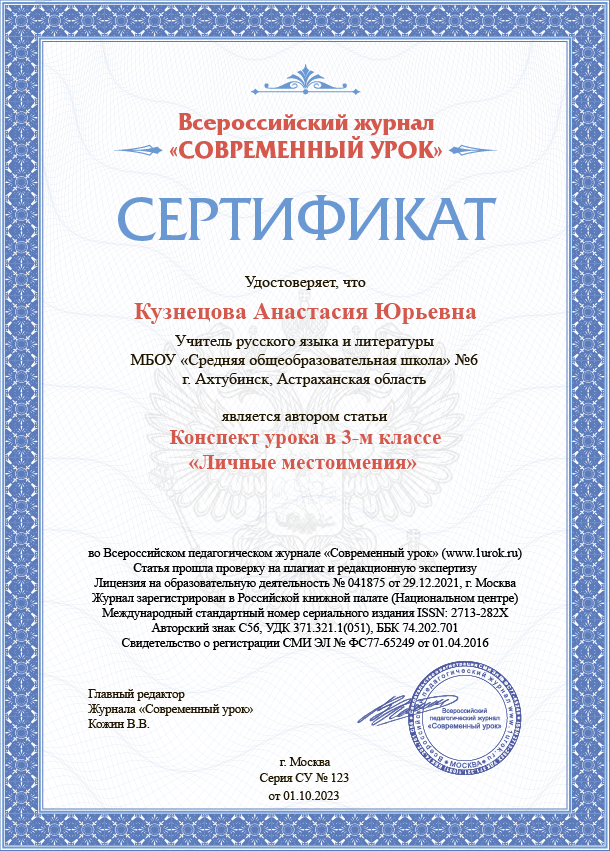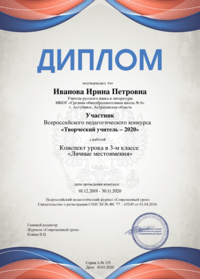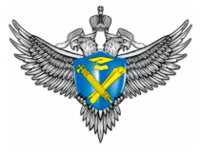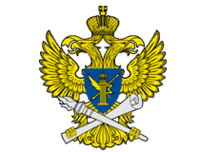Подготовка к ОГЭ (фразовые глаголы, раздел чтения)
Автор: Жанымгул Ырысбековна Джусупбекова
Организация: МАОУ СОШ №24
Населенный пункт: г. Пермь
Фразовый глагол представляет собой обычный глагол с предлогом, частицей или наречием, однако, часто, этот самый предлог, частица или наречие меняет значение глагола до неузнаваемости. Вспомните:
В английском языке мы часто используем глаголы вместе с предлогами или наречиями. Но есть ситуации, когда при таком соседстве полностью меняется смысл и глагола, и предлога, и наречия по отдельности.
Фразовые глаголы (phrasal verbs) – это неизменяемые словосочетания. Они состоят из глагола и наречия с предлогом / предлога / наречия. При этом у подобной конструкции появляется новое значение, которое отличается от перевода ее компонентов в отдельности. Понимать такие глаголы нужно как одну смысловую единицу.
Turn out - оказаться
Tidy up – приводить в порядок
Find out - узнавать
Come up with - придумывать что-либо
Look into - исследовать
Keep on - продолжать
Stay up – не спать
Fall out - ссориться
Get on - ладить
Go out with – пойти гулять с кем-либо
Look after – ухаживать за кем-то
Split up with – расставаться с кем-то
В качестве закрепления материала по теме учащиеся учат наизусть данные фразовые глаголы и выполняют следующие упражнения.
Упр.1 Complete the sentences with the verbs below. Дополните предложения глаголами, данными ниже.
1. At the end of the film, it _____ out that the couple used to be married to each other.
2. I’m really tired this morning — I ___ on making mistakes
3. I’m trying to ____ up with an idea for my essay.
4. Sleep helps to ____ up our memories.
5. To _____ out more about sleep, visit our website.
6. It’s not a good idea to _____ up all night and study.
7. Last year scientists decided to ______ into the effects of sleep on university students.
Упр.2 Match the phrasal verbs in sentences 1-5 with definitions a-e. Use a dictionary if you need to. – Сопоставьте фразовые глаголы в предложениях 1-5 с определениями а-е. Используйте словарь, если вам нужно.
1. He’s fallen out with his girlfriend. They’re not talking to each other anymore.
2. She’s the most popular girl in the class. She gets on with everyone.
3. He’s clever, good-looking and generous. I’d love to go out with him.
4. Oh, no! My parents want me to look after my baby brother on Friday night.
5. I split up with Jim because we were always arguing
a to take care of
b to have a serious argument
с to have a good relationship with someone
d to end a romantic relationship with someone
e to have a romantic relationship with someone
III. Задание 9 по чтению (ОГЭ)
Прочитать заголовки, перевести их, попытаться определить, что их объединяет (тема, проблема, ситуация, ключевое слово и т.д.) и чем они отличаются друг от друга (разные аспекты темы, проблемой, отношением к проблеме и т.д.);
Попытаться предугадать, о чем пойдет речь в тексте, его основное содержание, подобрать слова/словосочетания, которые необходимы для раскрытия данной темы;
Внимательно прочитать каждый из предложенных текстов, не обращая внимания на незнакомые слова и выражения, т.е. не углубляясь в детальное понимание;
Попытаться сформулировать основную идею текста самостоятельно, затем выбрать наиболее близкий по содержанию из предложенных вариантов ответ и отметить его. Если сразу сложно определить какой заголовок подходит тексту, можно пропустить его и прочитать следующий отрывок, затем вернуться к тому месту;
Проверьте, обоснован ли выбор того или иного соответствия, правильно ли установлены другие соответствия. Удостоверьтесь, правильно ли выбран (точнее, не выбран) лишний заголовок. Какие навыки проверяются?
Понимание основной идеи (содержания) текста, умение отделять главное от второстепенного, игнорировать лишнюю информацию и незнакомые слова, не мешающие пониманию основного содержания.
Вы проводите информационный поиск в ходе выполнения проектной работы.
Определите, в каком из текстов A–F содержатся ответы на интересующие Вас вопросы 1–7. Один из вопросов останется без ответа.
- What should you remember to stay safe using the Metro?
- Which is the longest Metro train route?
- When did the Moscow Metro start working?
- What are the advantages of the Metro compared to other means of transport?
- How fast does the Metro system grow?
- What are the inconveniences of using the Metro?
- What materials were used to decorate the Metro stations?
A. The idea of an efficient transportation system in Moscow dates back to the time of Russian Empire. However, it was not developed into a construction plan due to World War I and the Civil War. The government of the Soviet Union got back to the idea in the 1920s, and in 1935 the Moscow Metro accepted its first passengers. The opening ceremony took place on May 15th, at 7am. The city celebrated the event with parades, concerts and performances.
B. The population of Moscow is around 12 million people. There are also a lot of people who come to the capital on business, excursions or to change plane or train, as Moscow is the main transportation centre. If there was no underground transport, it would be impossible to avoid a traffic standstill in the city. In fact, the Metro is very punctual. There are no traffic jams underground and, when taking the Metro, the passengers save time and nerves.
C. Lots of the city passengers prefer the Metro to cars and buses in spite of some discomfort caused by too many people. The problem is that the stations, the passages between them, and the railway cars get really overcrowded in rush hours. Sometimes there are lines to enter the Metro, though, fortunately, the waiting time is quite short.
D. When you travel on the Moscow Metro, long magnificent staircases get you downstairs and upstairs. They run fast and you need to be really careful to step on and off them in time. To avoid accidents, never cross the waiting line at the station until the coming train stops completely. Remember that you should never lean on the doors of the railway cars when the car is in motion – it can be really dangerous.
E. Apart from being an efficient means of transport, the Moscow Metro is a very ambitious architectural and art project. The stations look radiant and brilliant due to marble, bronze, steel, milk glass and other luxurious interior materials. The best architects, such as L. Polyakov, K. Ruzhkov, A. Medvedev and others, worked on it. The chief lighting engineer was Abram Damsky, who cleverly used the light to highlight the beauty of the stations.
F. The first line of the Moscow Metro was 11 km long and included 13 stations. Now there more than 230 stations, most of which are underground, but there are also surface-level and elevated stations. The project that is currently in progress suggests that about 150 km of new lines are to be opened within ten years, between 2012 and 2022.
В качестве закрепления материала по теме «Чтение (раздел 9)» рекомендуется выполнить данное задание на сайте «РЕШУ ОГЭ» (вариант 1, 2).
ЛИТЕРАТУРЫ
УМК М. В. Вербицкой. Английский язык «Forward» (5-9)
Афанасьева, О.В. Английский язык. "Rainbow English". 9 кл.: Учебник / О.В. Афанасьева, И.В. Михеева, К.М. Баранова. - М.: Дрофа, 2016. - 544 c.
Воронова, Е.Г. Английский язык. 8 кл.Тесты. Дидактические материалы к учебнику / Е.Г. Воронова. - М.: Айрис-пресс, 2017. - 271 c.


